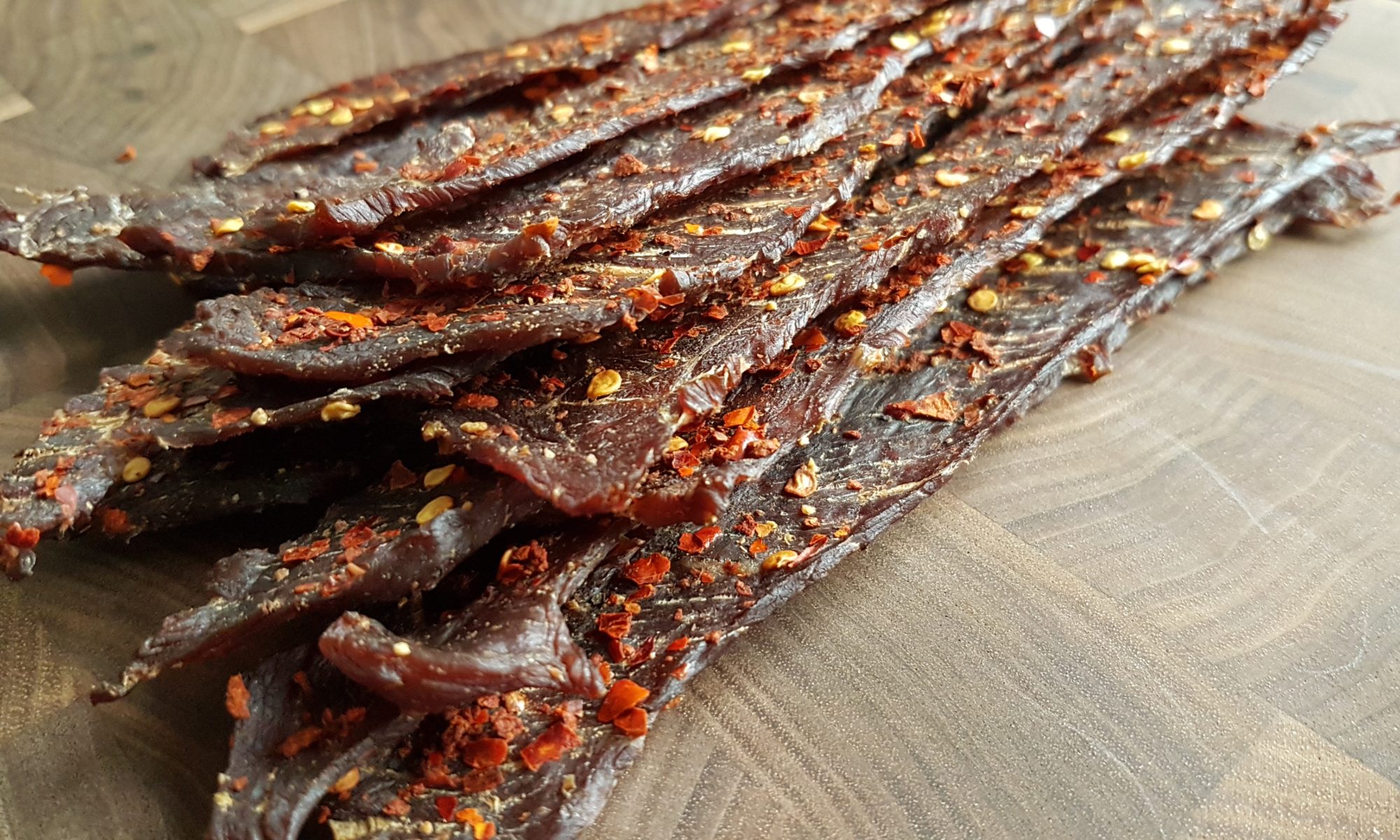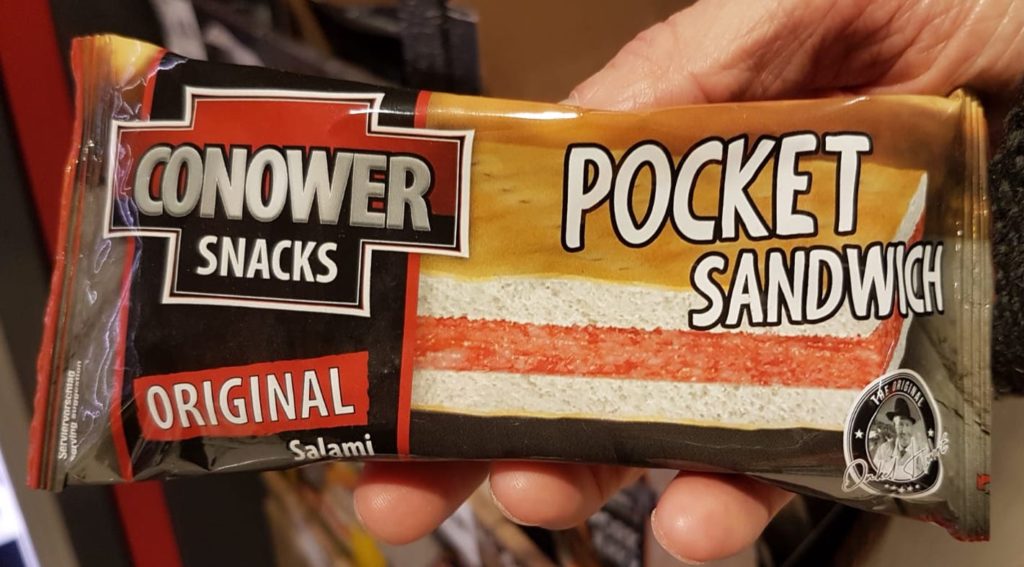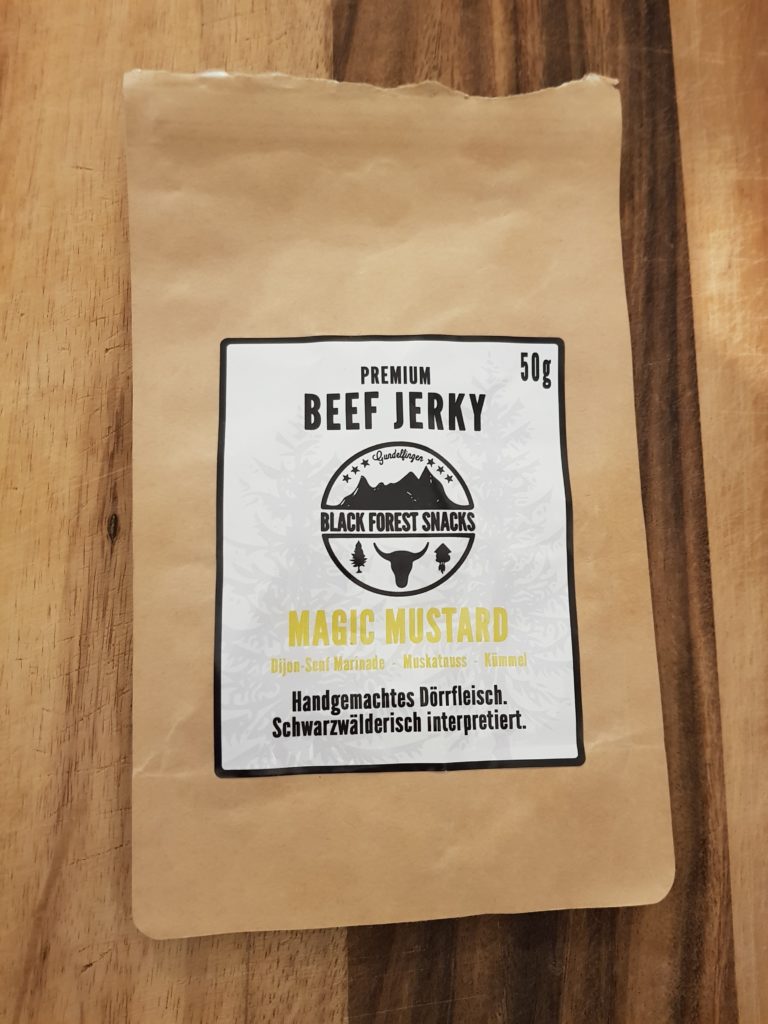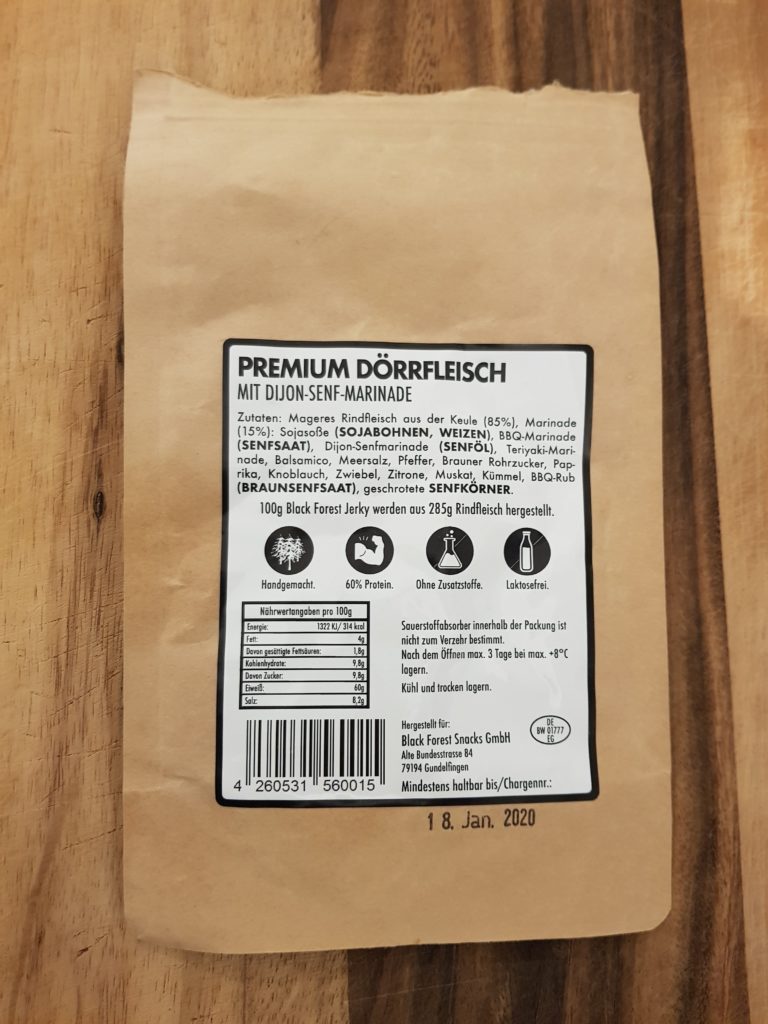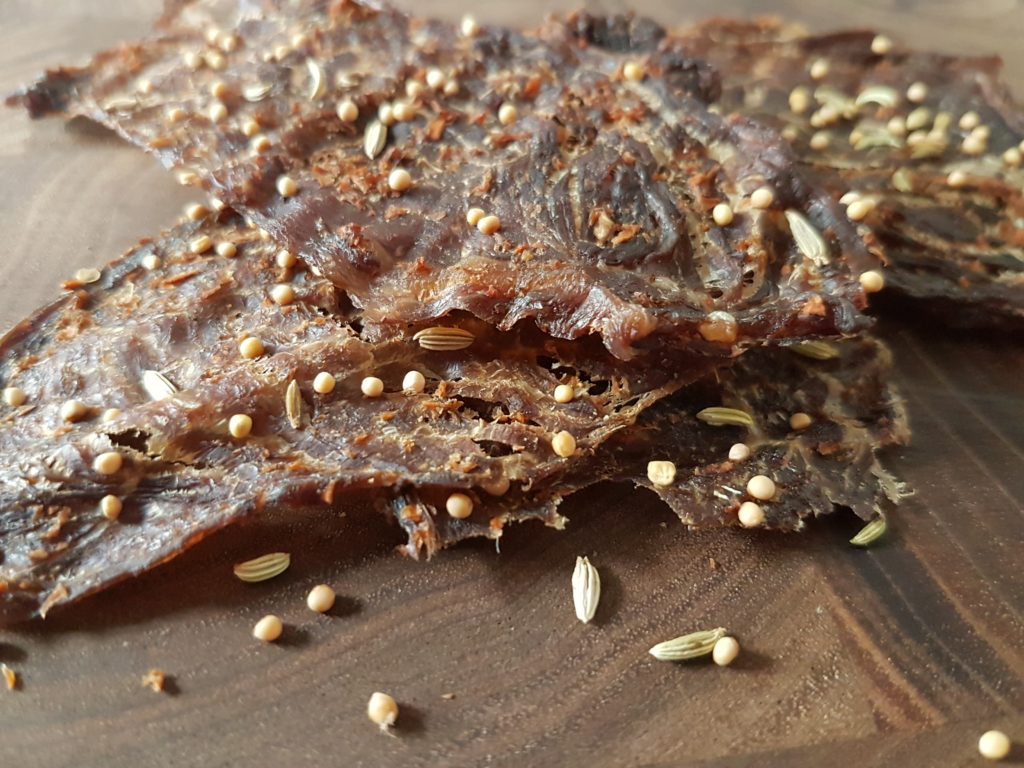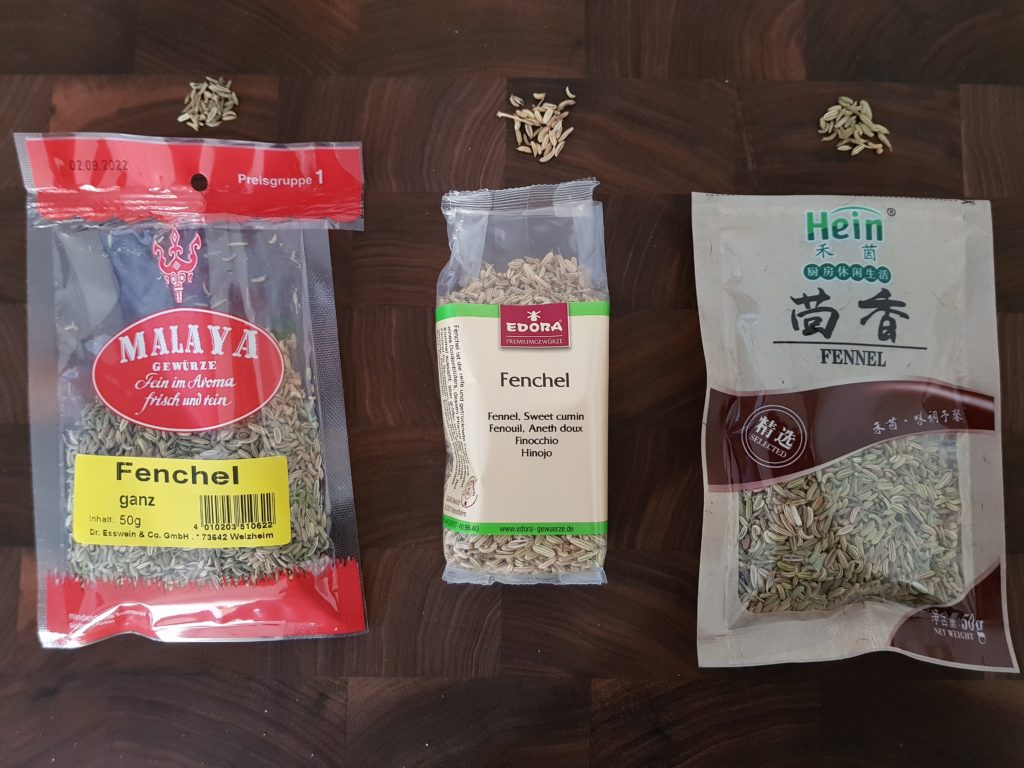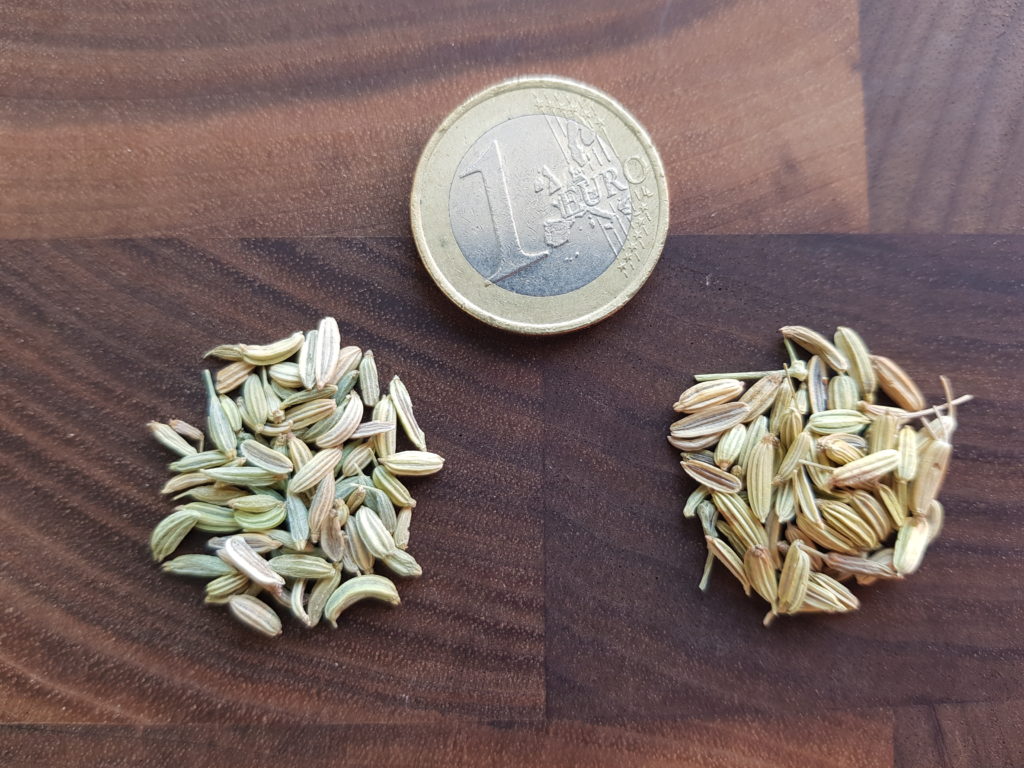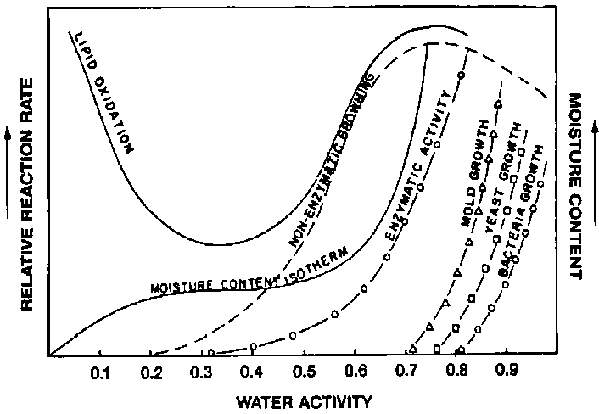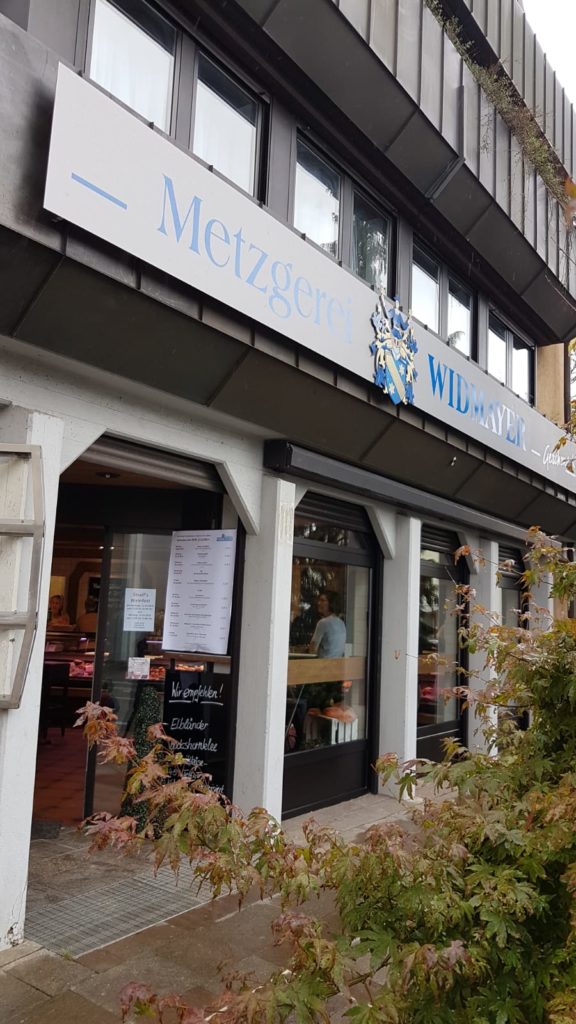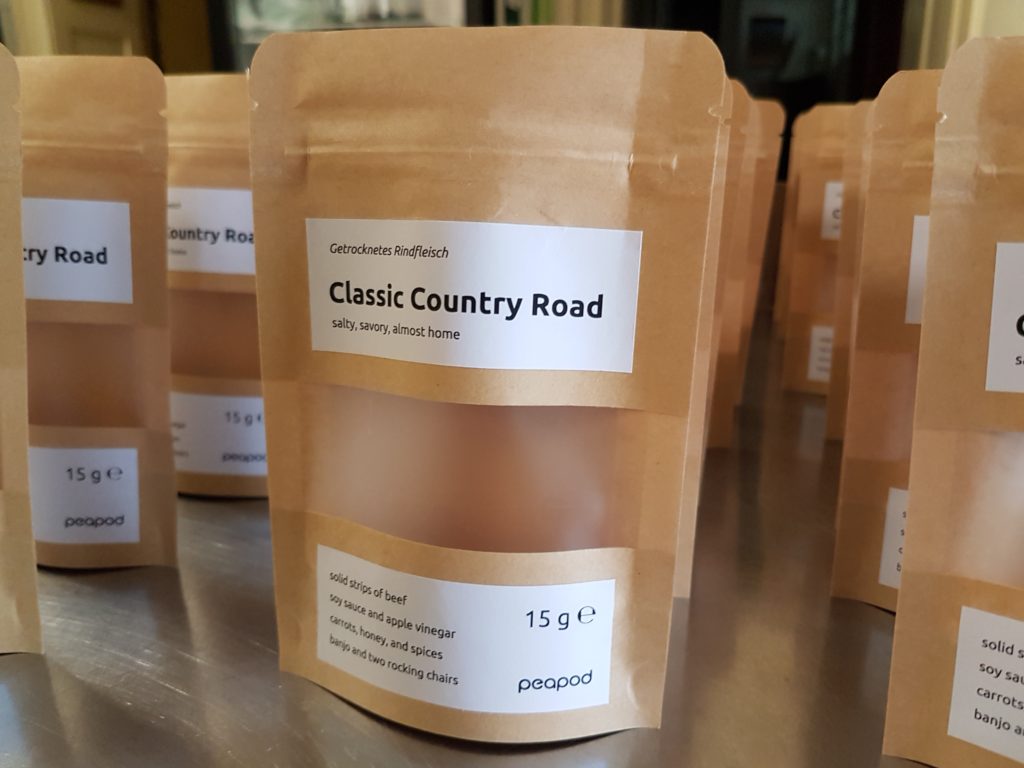The last few months have been a study of product pricing. The big question was: how much are customers willing to pay for our product? I was eager to collect lots of data since I didn’t have a good feel for market prices. What I didn’t realize is that we were also gathering valuable information on retail markups.
The jerky is on the shelves of various different retailers: butcher shops, sporting facilities, different types of specialty shops. Surprisingly, the retail markups vary wildly, even within similar categories of retailers, and even within the same geographical region. Some shops want to keep 20% of the sale price. Others want to keep 60%!
Even though I define my own product unit price and my own suggested retail price, the numbers have to fit within retailer expectations in order to get on the shelves at all. At the same time, our product prices across all store shelves have to be pretty consistent. This means that if the retail markups vary wildly, our income per package also varies wildly.
For a 15g bag of jerky selling for 3 Euros (including sales tax), some retailers might expect to pay Peapod just a little over 1 Euro. And this value is assuming that we do our own distribution instead of outsourcing to a distributor. We currently do distribution the old-fashioned way.

There are obviously lots of other factors in play here, such as volume of sales at each retailer or marketing strategies.
In reading about pricing within the food industry, I came across this rule of thumb: take the cost of your materials+packaging+labeling and multiply it by 4 in order to estimate the sale price of the product. If customers will pay at least this price for your product, you might have a working business model.
We’re in the process of developing a working business model.
